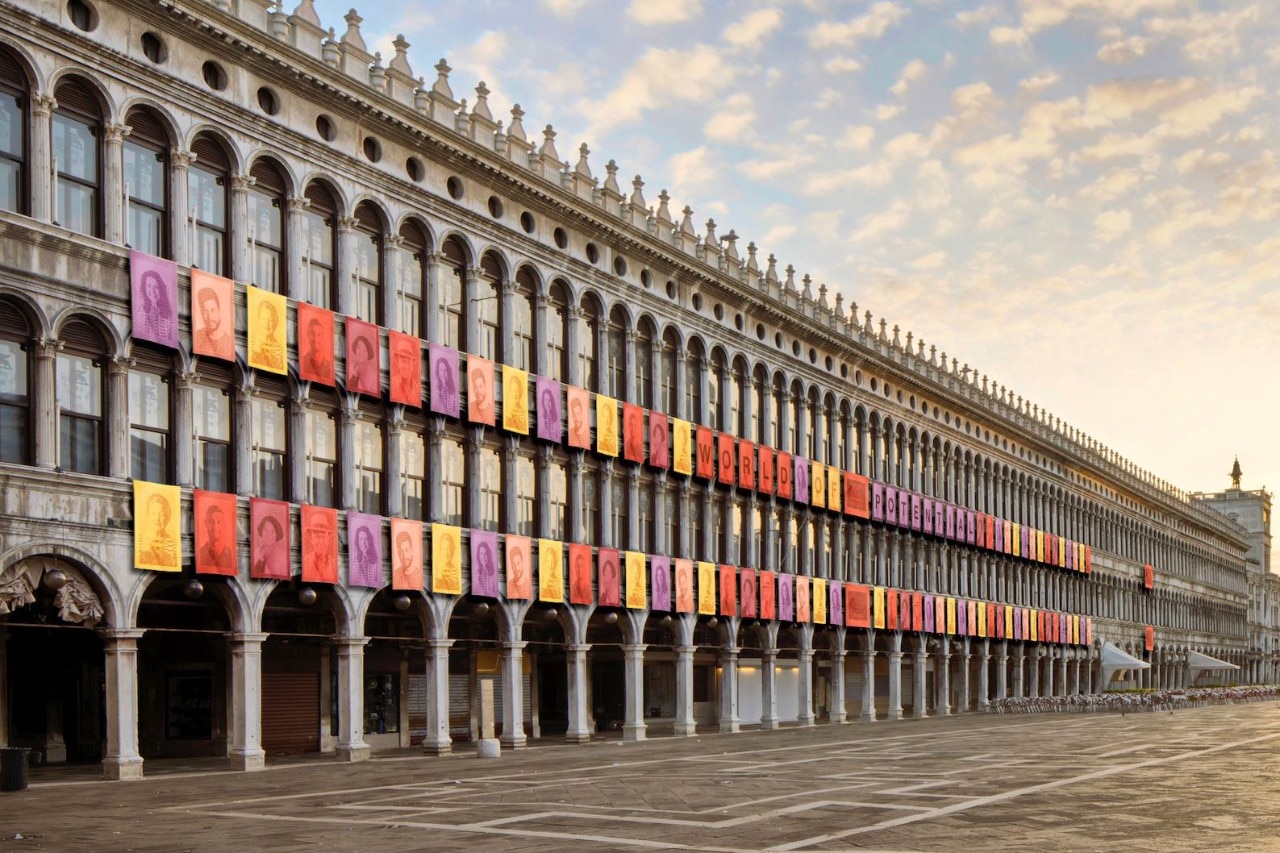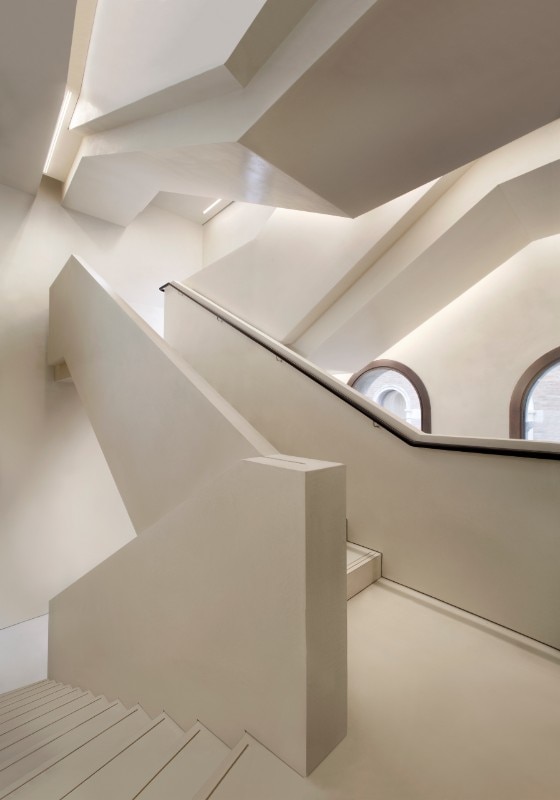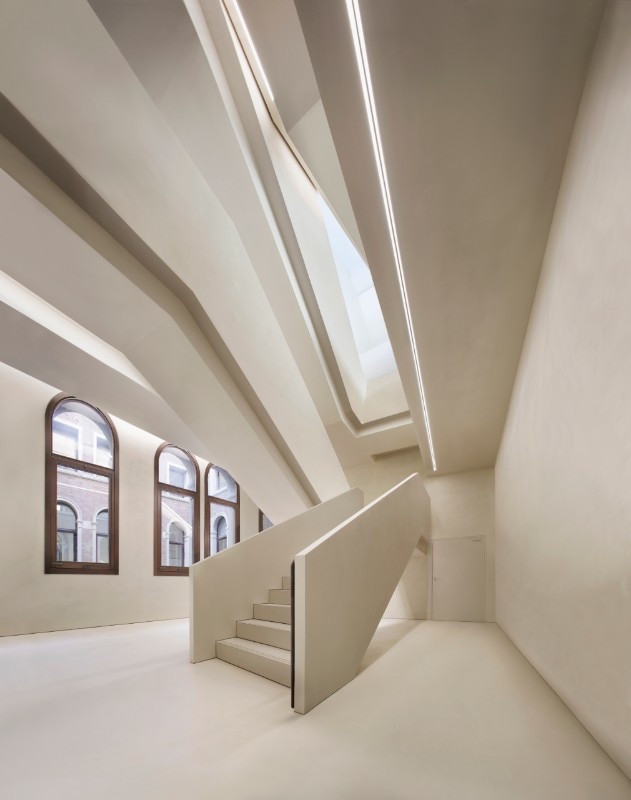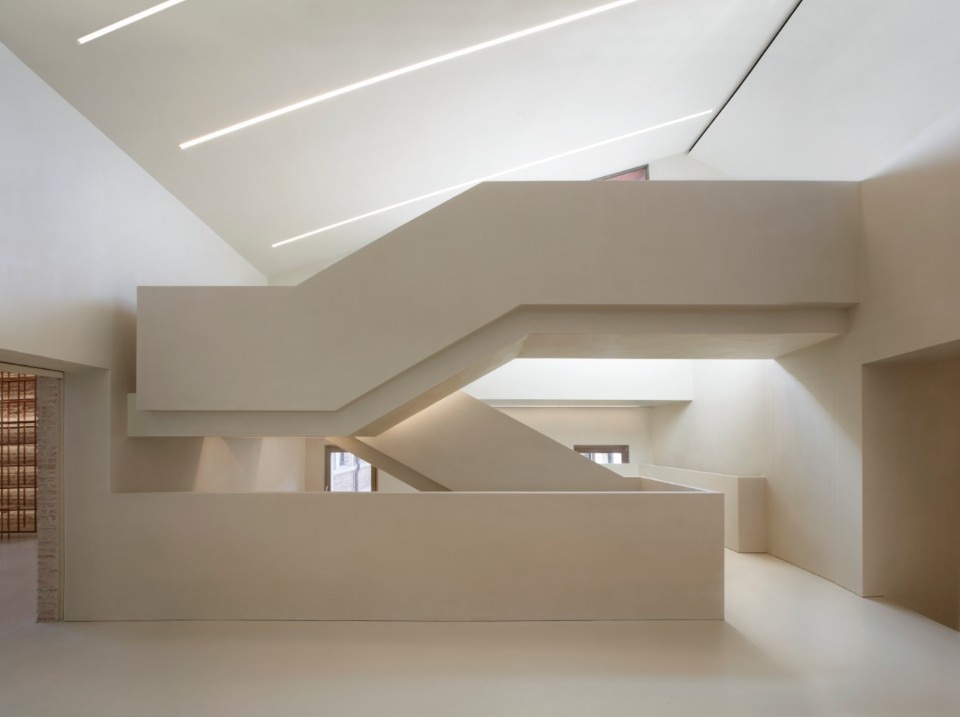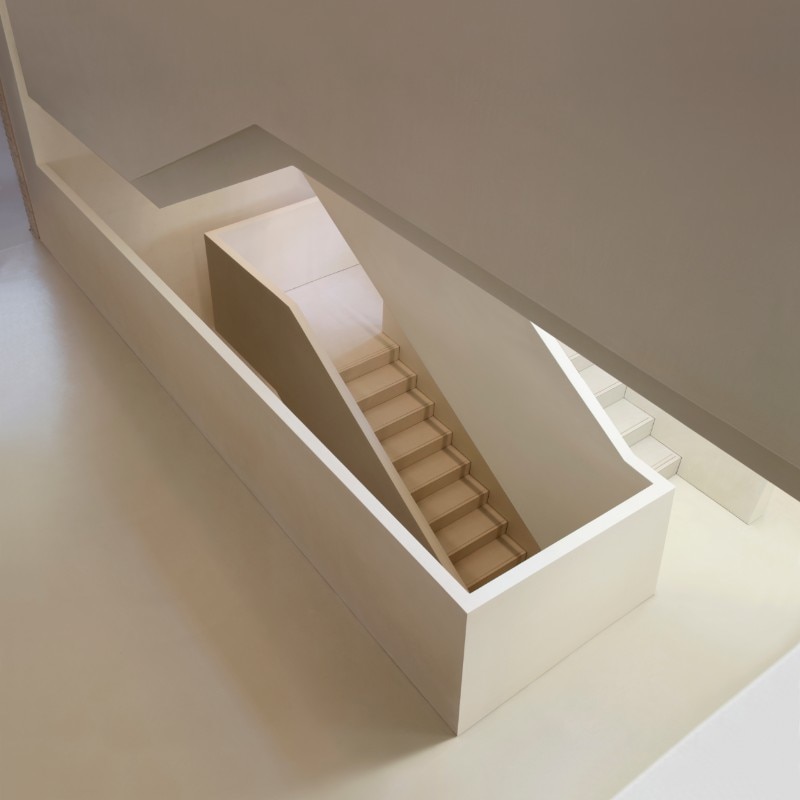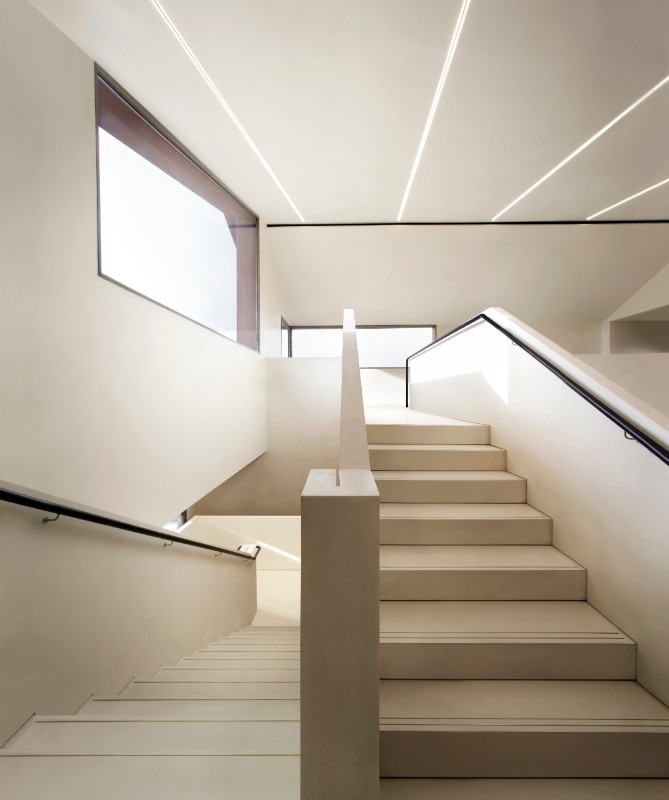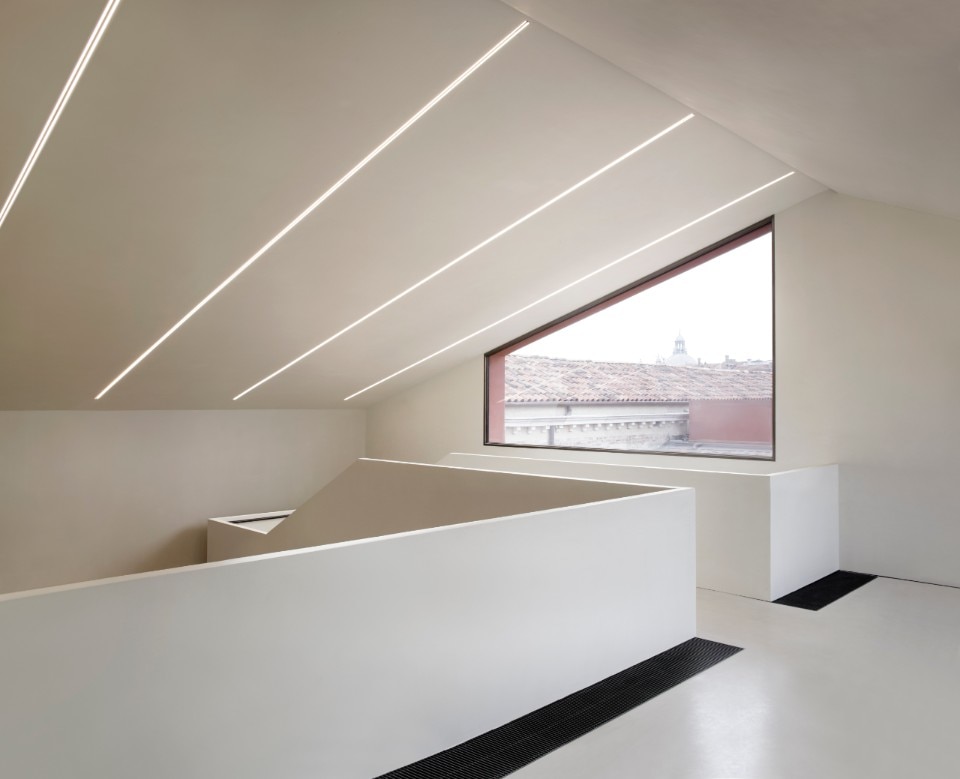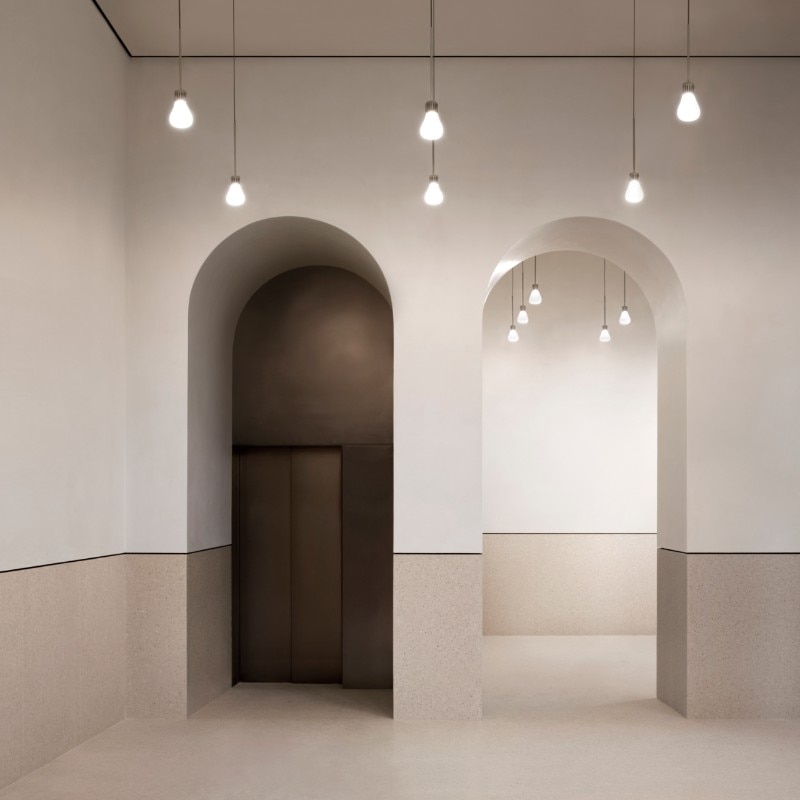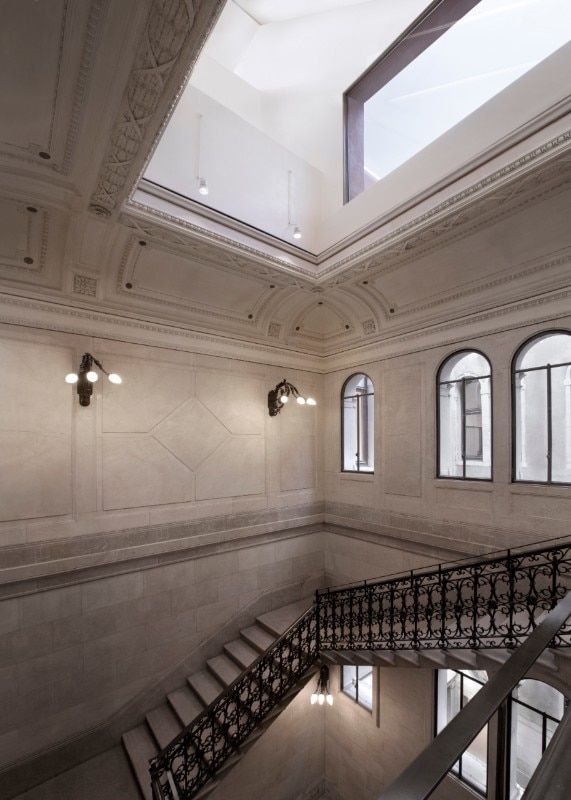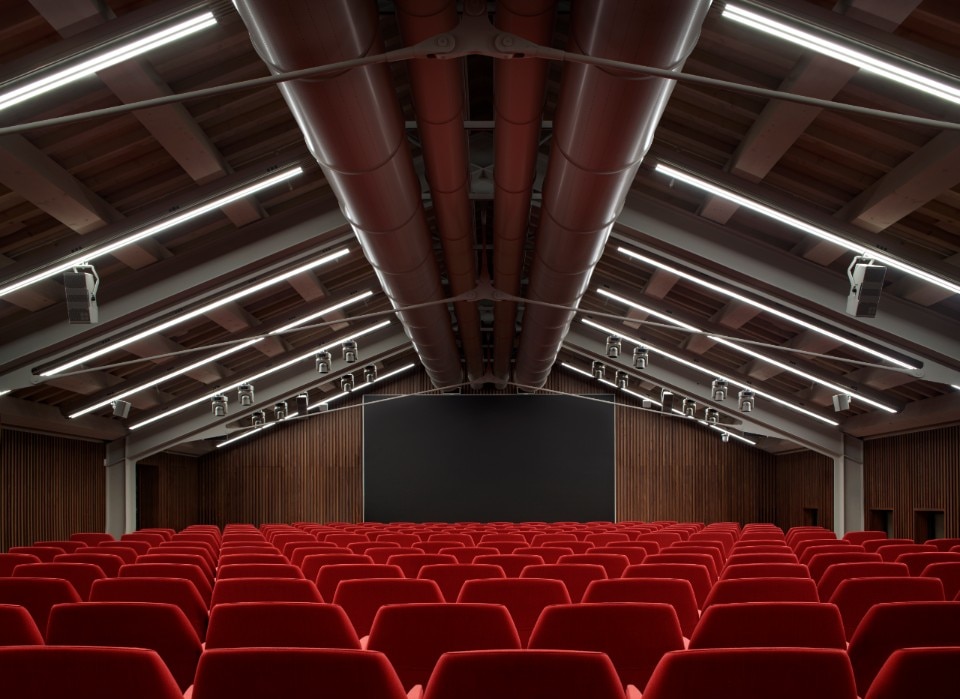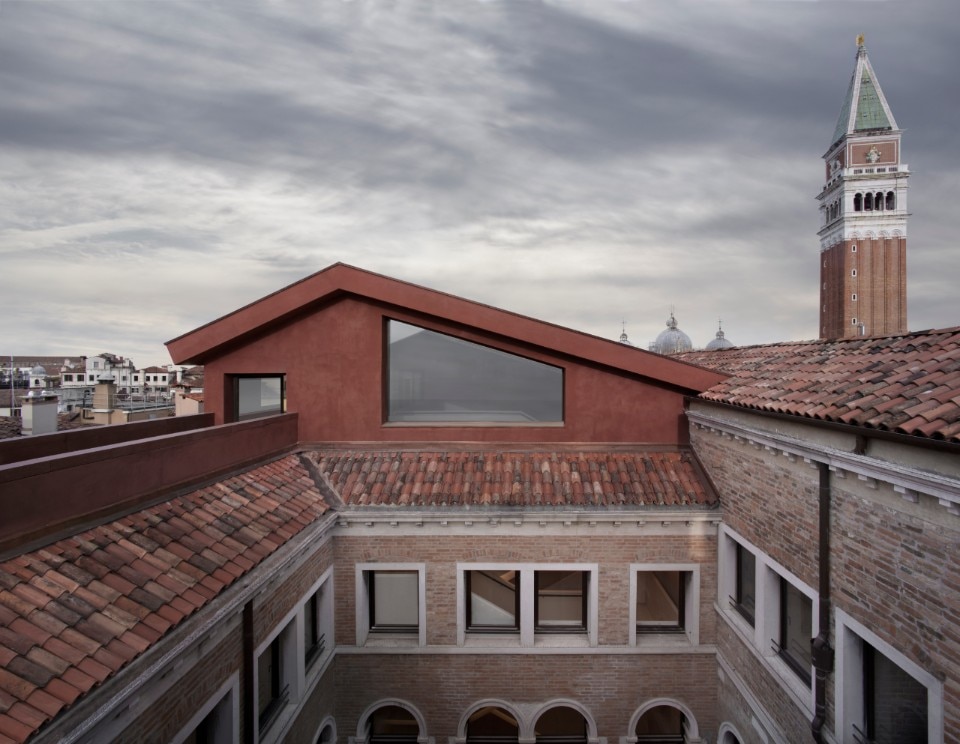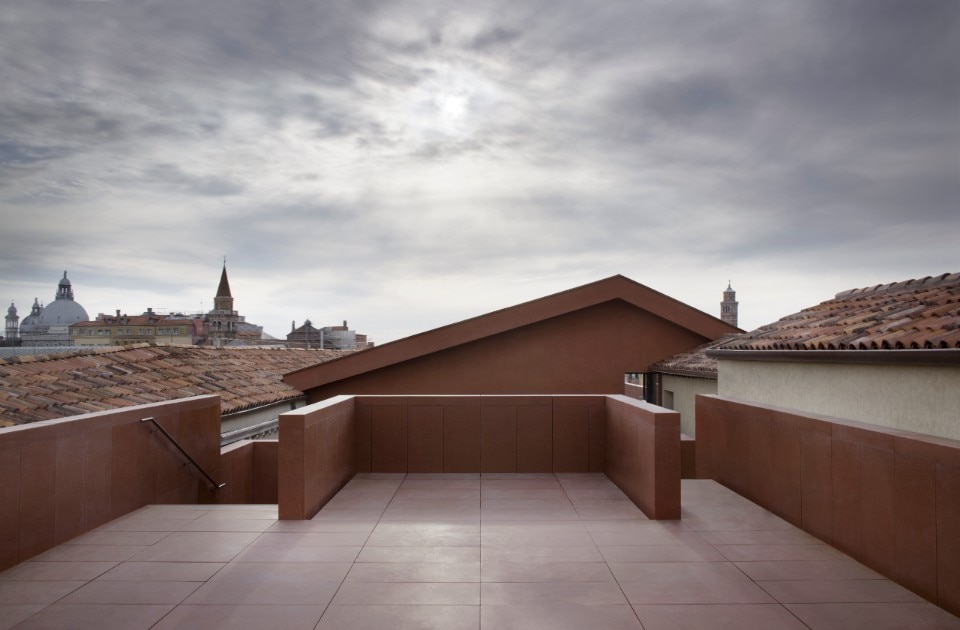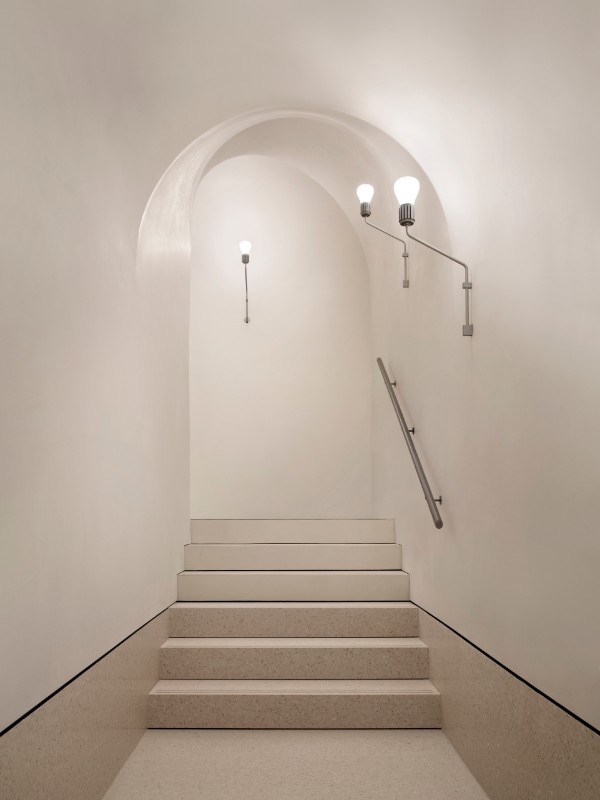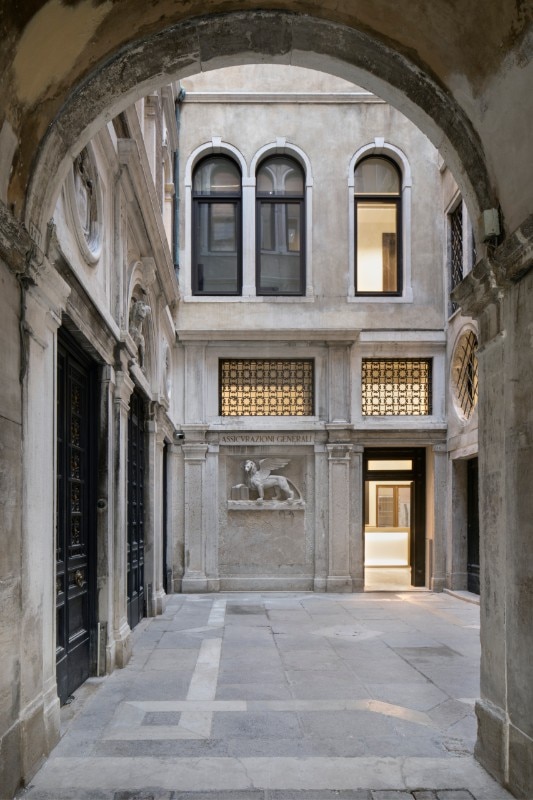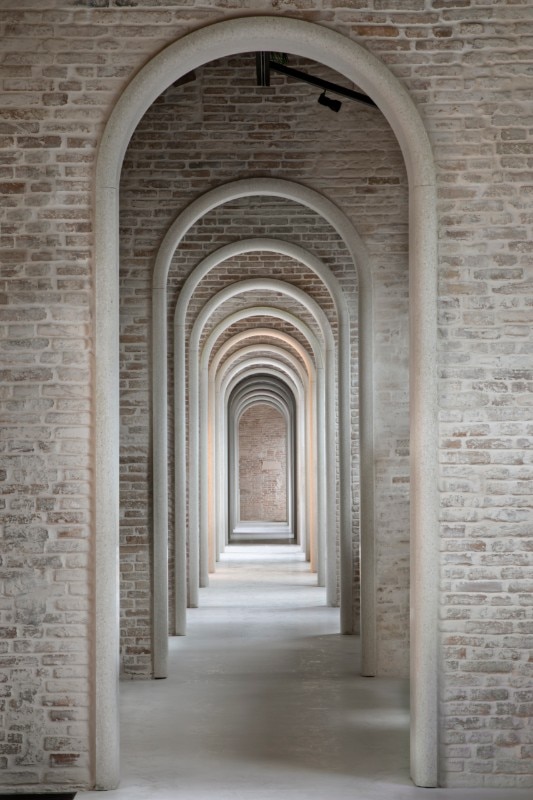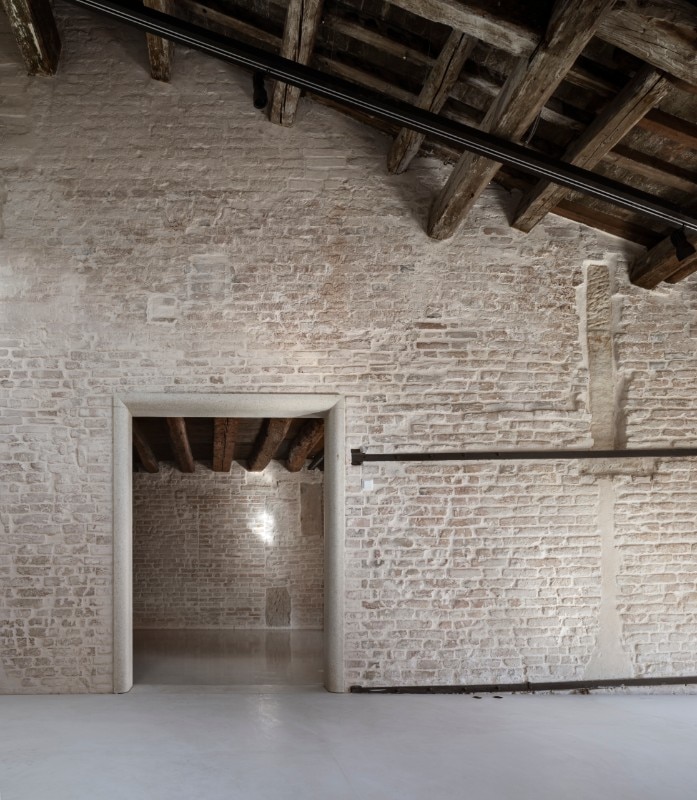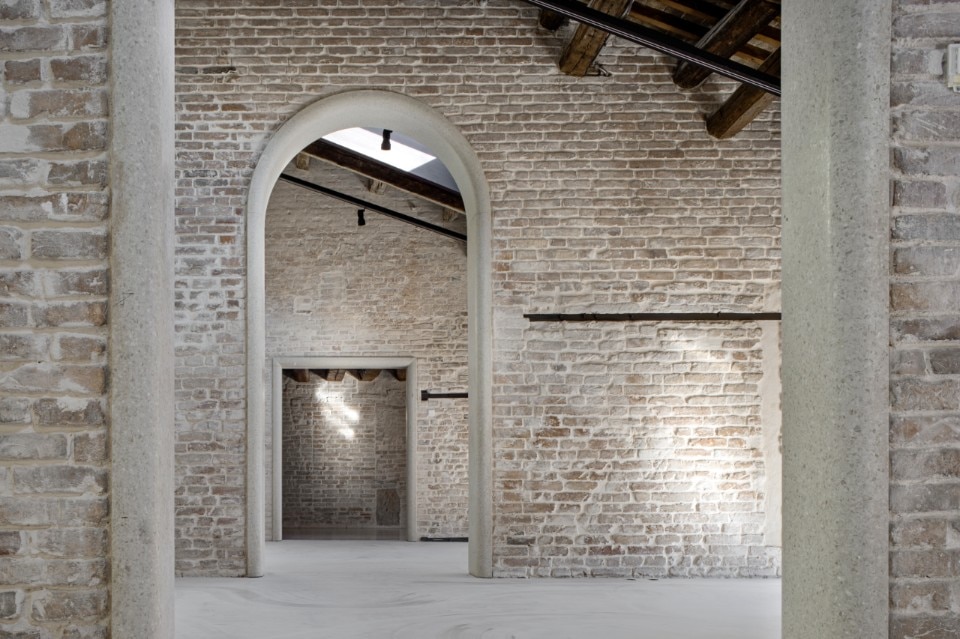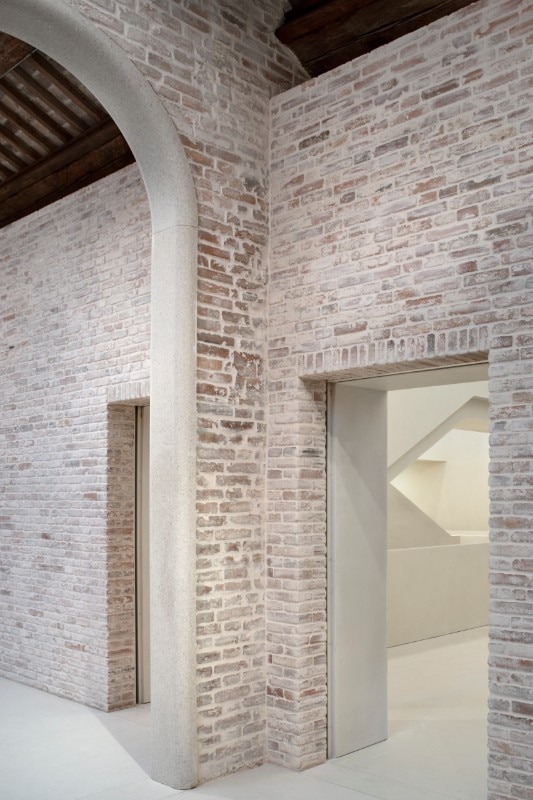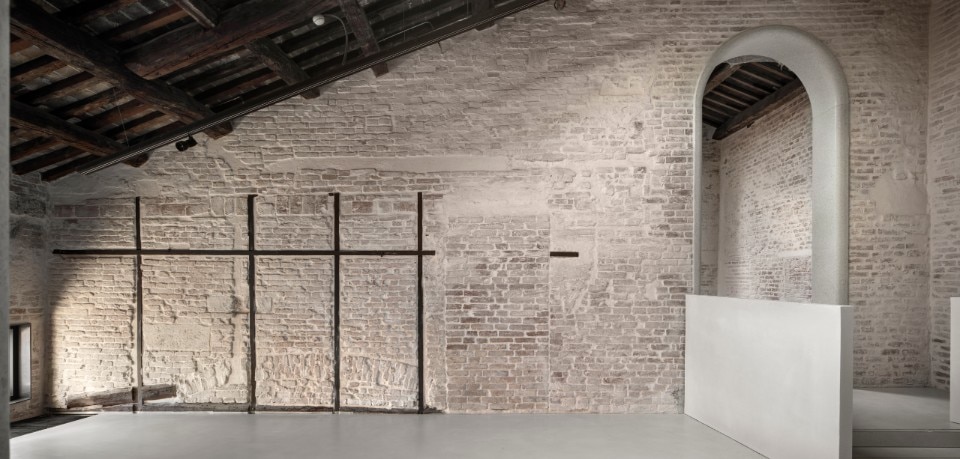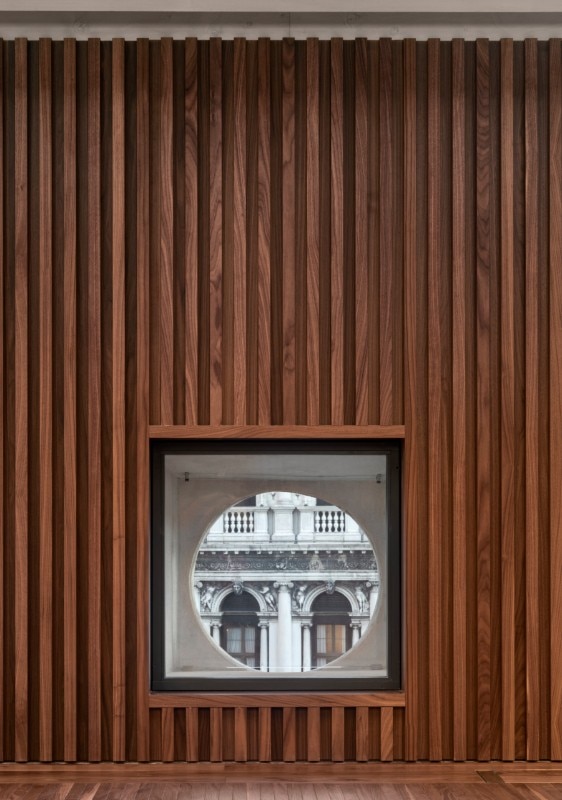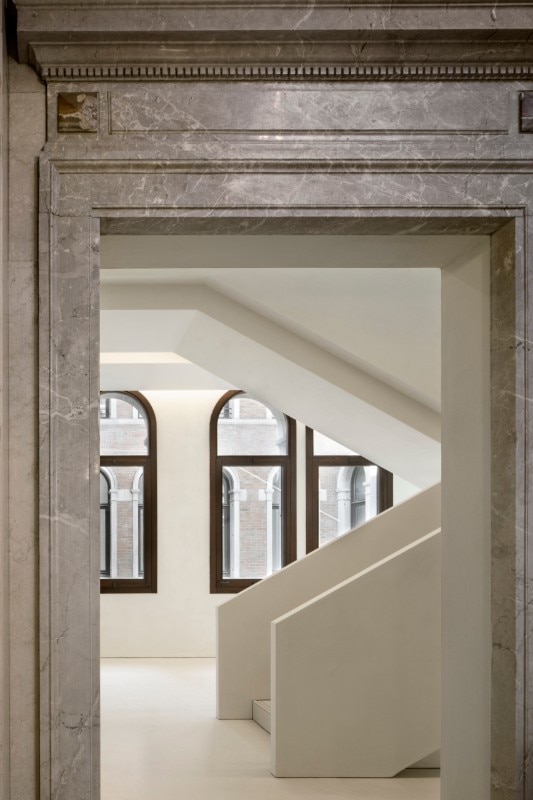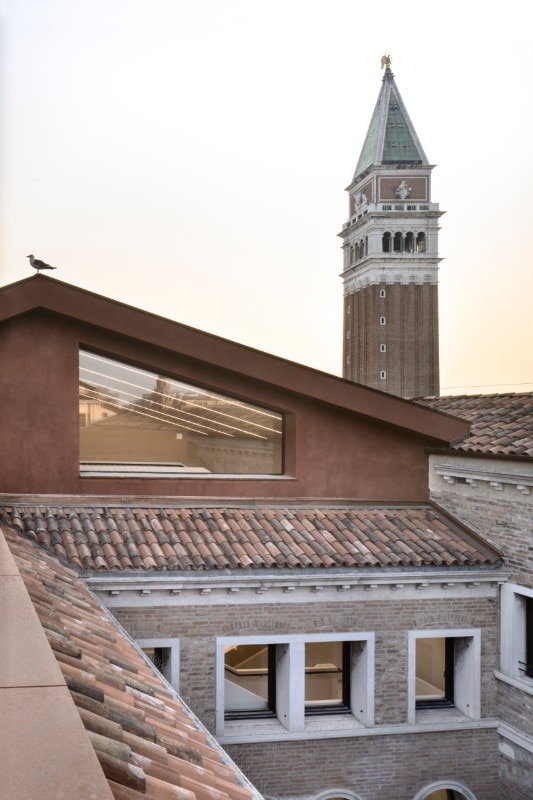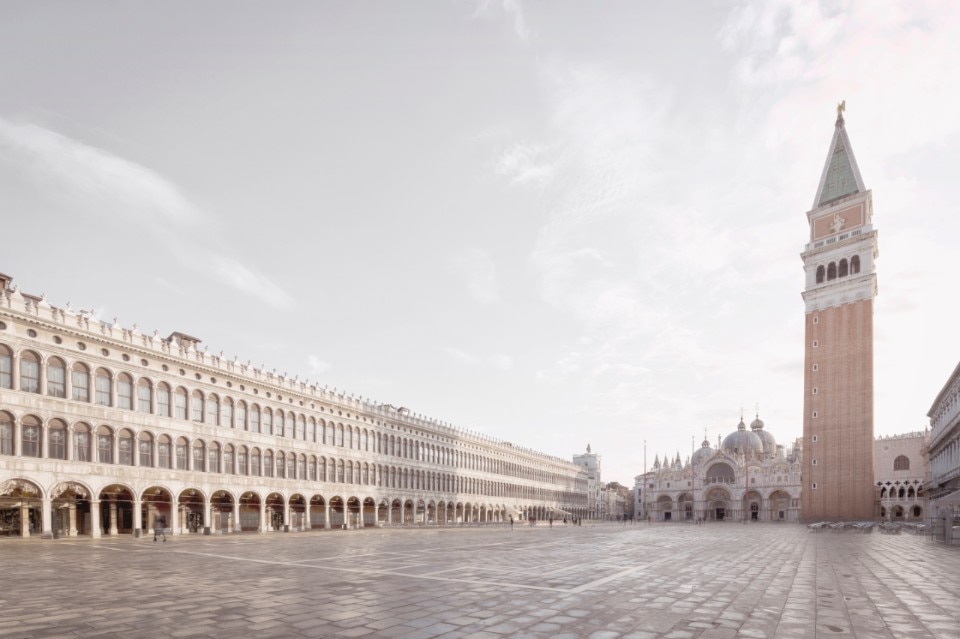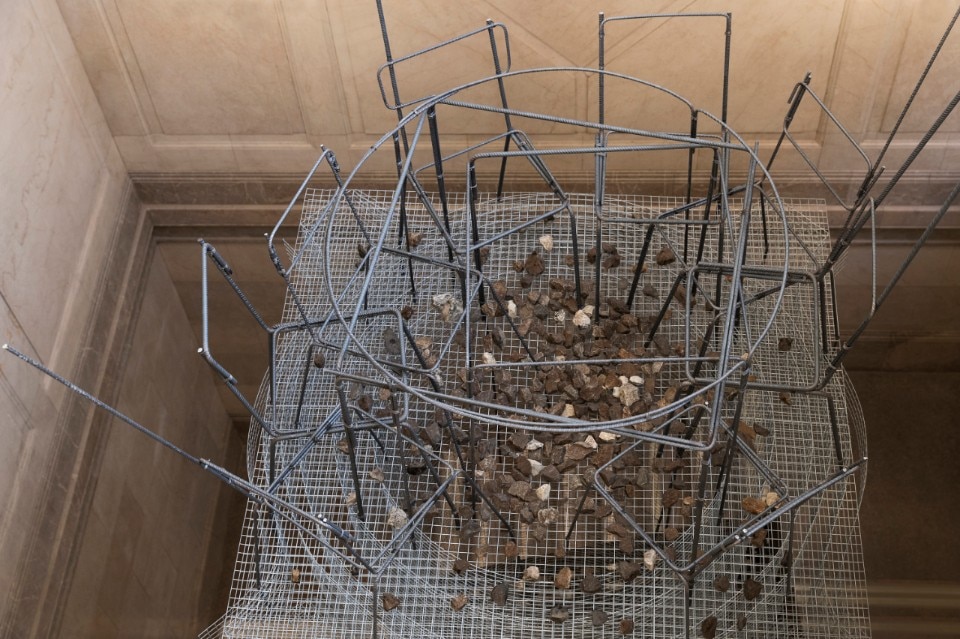After half a millennium, the Procuratie Vecchie reopen in Piazza San Marco, with an architectural project by David Chipperfield. “The history of this building is intertwined with the history of Venice and Italy,” says the president of Assicurazioni Generali Gabriele Galateri. Begun by the architect Bartolomeo Bon in 1517 and completed by the Proto of Venice, Jacopo Sansovino, in 1538, the procurators of San Marco originally resided here, who took care of the Basilica of San Marco and the city. Today the building is the new home of The Human Safety Net, the humanitarian foundation of Generali. Half of the first floor includes the offices, the other half and the second-floor houses institutions and associations, while the third floor is open to the public.
David Chipperfield describes the project by underlining that “it is a cliché to say that architecture is about collaboration, but this is further true for this case. It is not easy to convince a commercial client to put care and patience into projects like these, but this has happened here, thanks to the collaboration with the Municipality. Now we look forward to seeing the building become part of Venice and strengthen the public dimension that we have tried to enhance with our intervention”.
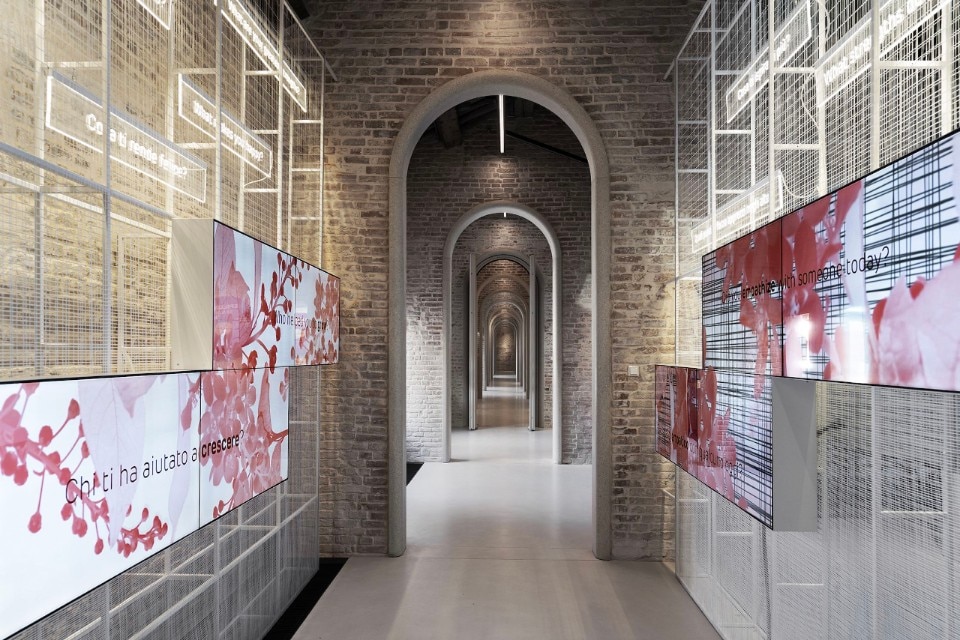
The façade is a homogeneous scenic backdrop that occupies the entire north side of piazza San Marco, but the structure consists of several adjacent buildings, given its original residential vocation. Tightly closed walls, just 5 m from each other, separate the former residential units. “Our first challenge as architects” - says Chipperfield – “was to reuse the building so that its limits were enhanced, trying to make the walls that separate the units a strength in the project. We continue to refer to this building as if it were a single and coherent body when it is not: this is manifested explicitly through the system of partitions and the absence of a circulation system that connected the entire building. We exchanged the idea of having large rooms with that of the enfilade, of the spatial sequence”. The second challenge, for the former guest editor of Domus “was the identification of the physical substance to be recovered: there were rooms with a decorative quality and others in which it was absent. Therefore, determining the object of the restoration was difficult, but we relied on the material”.
The British architect then states that “building in Italy is never easy in terms of paperwork, but the level of craftsmanship is extremely precious for an architect. When we designed the Neues Museum 20 years ago, we came to Italy to learn about this ‘soft restoration’, the cultural approach to craftsmanship: as Italians, you should never underestimate it”.
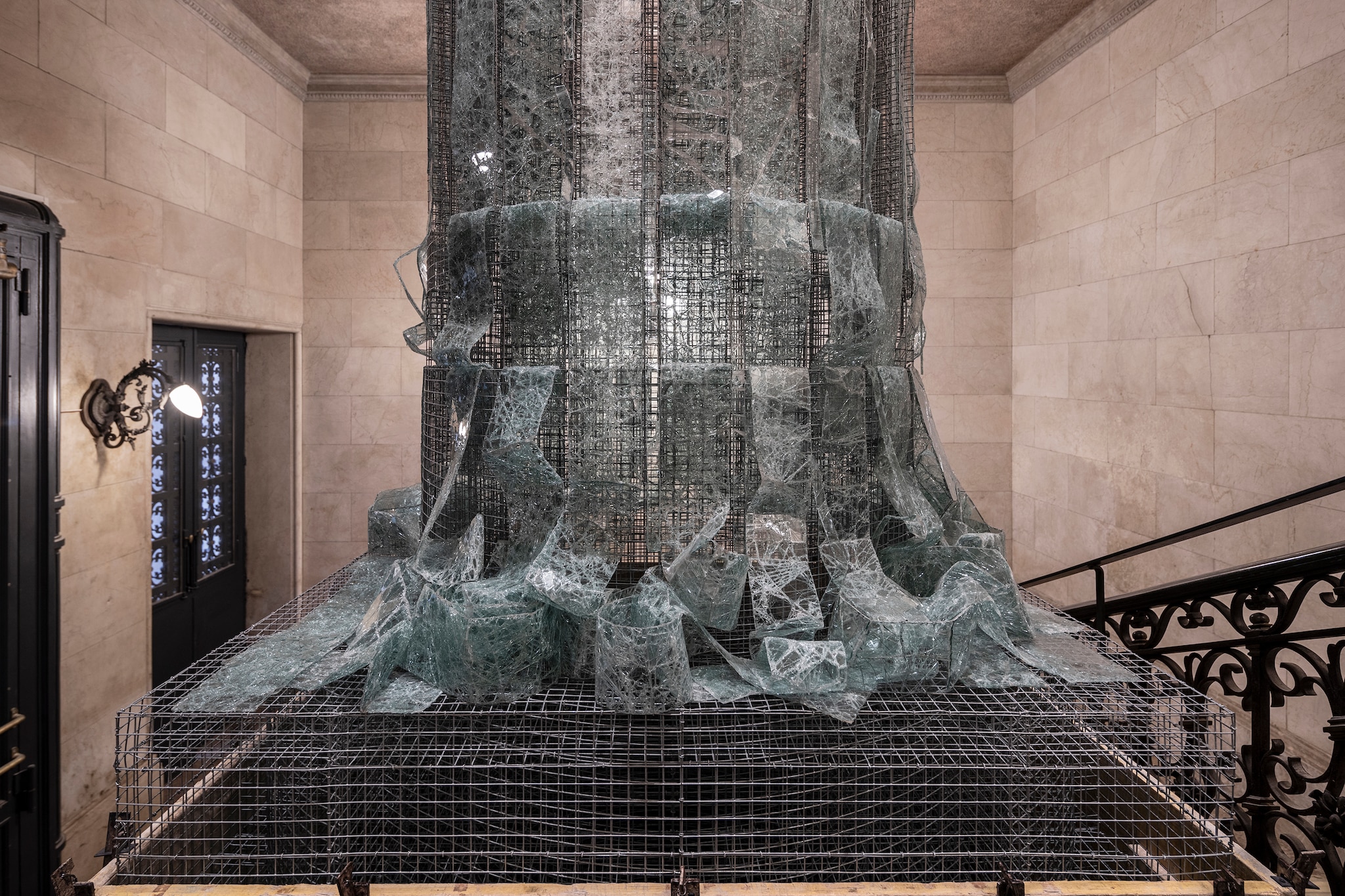
 View gallery
View gallery
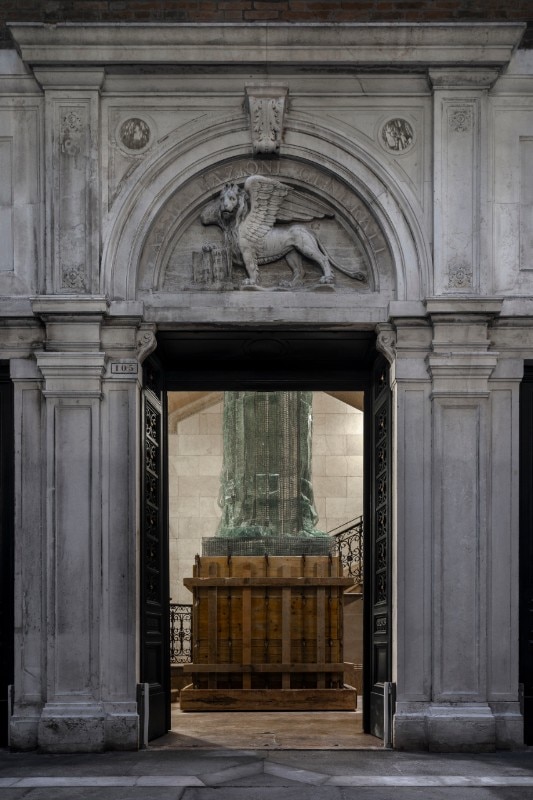
“Monumento”, Edoardo Tresoldi, Procuratie Vecchie, Venice
In collaboration with Carlotta Franco
Photo © Roberto Conte
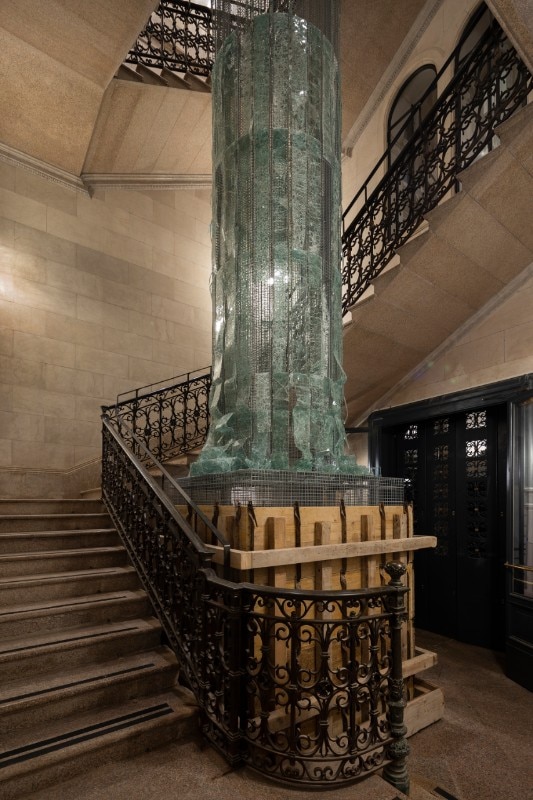
“Monumento”, Edoardo Tresoldi, Procuratie Vecchie, Venice
In collaboration with Carlotta Franco
Photo © Roberto Conte
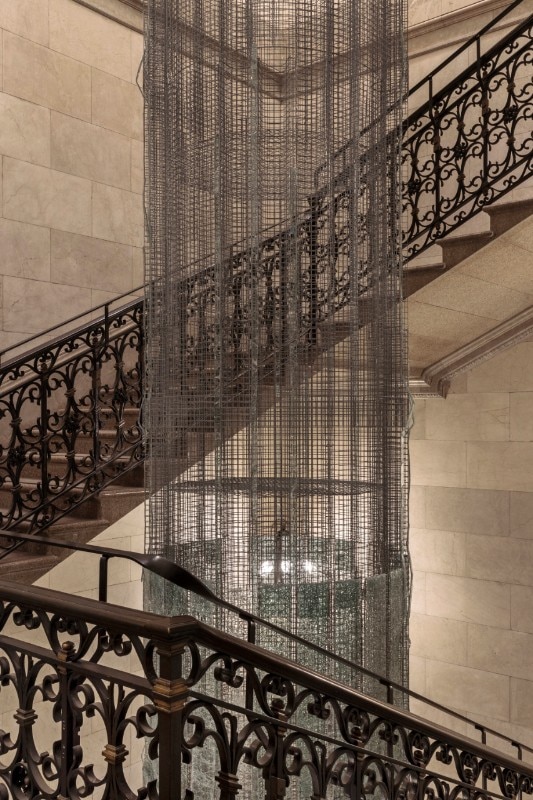
“Monumento”, Edoardo Tresoldi, Procuratie Vecchie, Venice
In collaboration with Carlotta Franco
Photo © Roberto Conte
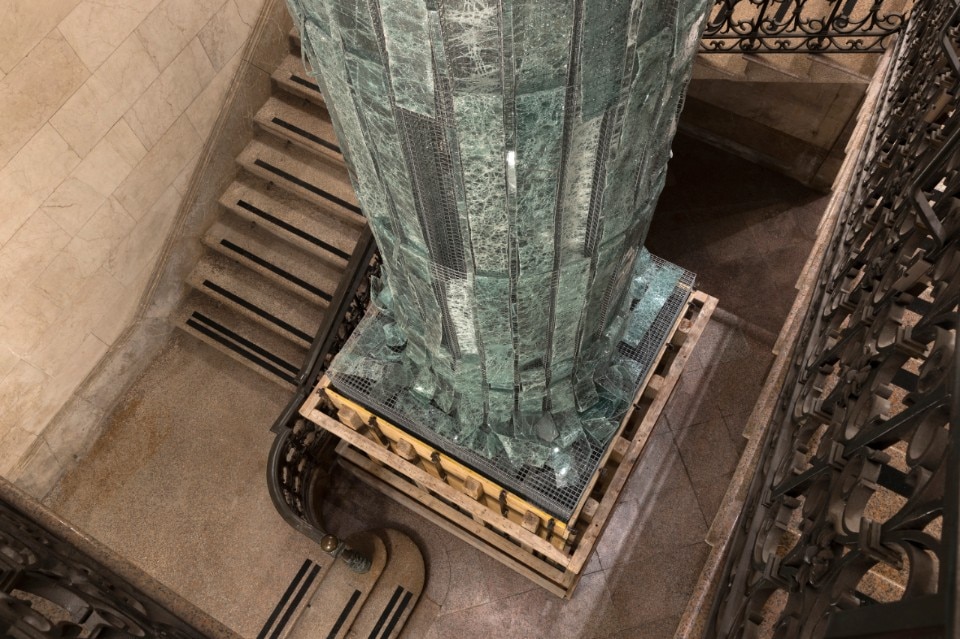
“Monumento”, Edoardo Tresoldi, Procuratie Vecchie, Venice
In collaboration with Carlotta Franco
Photo © Roberto Conte

“Monumento”, Edoardo Tresoldi, Procuratie Vecchie, Venice
In collaboration with Carlotta Franco
Photo © Roberto Conte
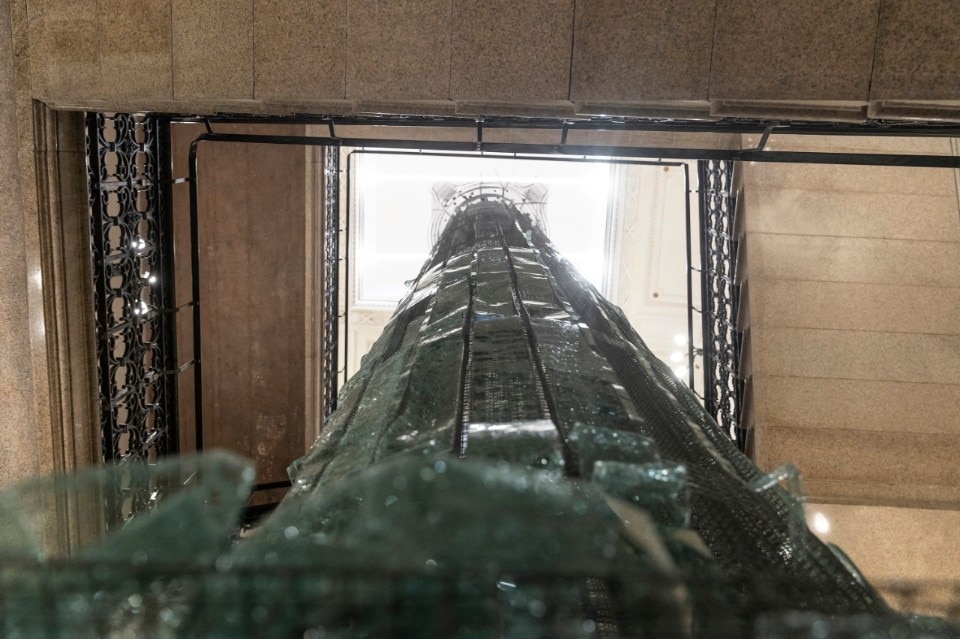
“Monumento”, Edoardo Tresoldi, Procuratie Vecchie, Venice
In collaboration with Carlotta Franco
Photo © Roberto Conte
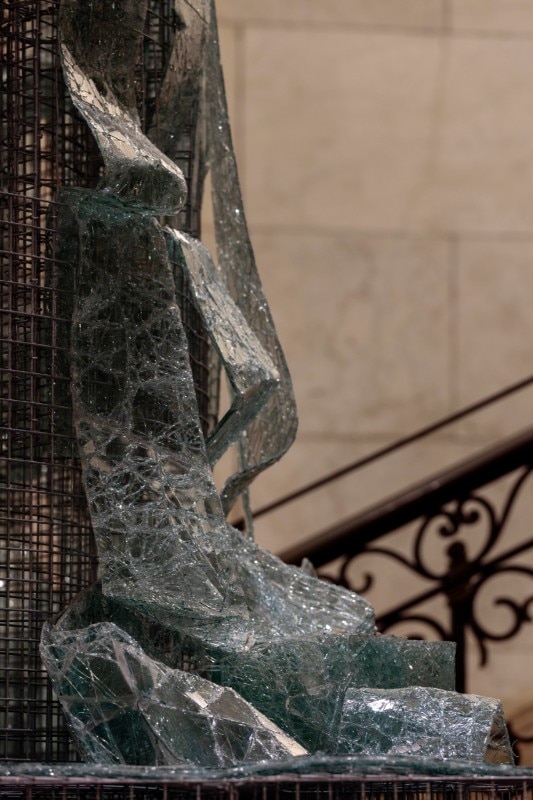
“Monumento”, Edoardo Tresoldi, Procuratie Vecchie, Venice
In collaboration with Carlotta Franco
Photo © Roberto Conte
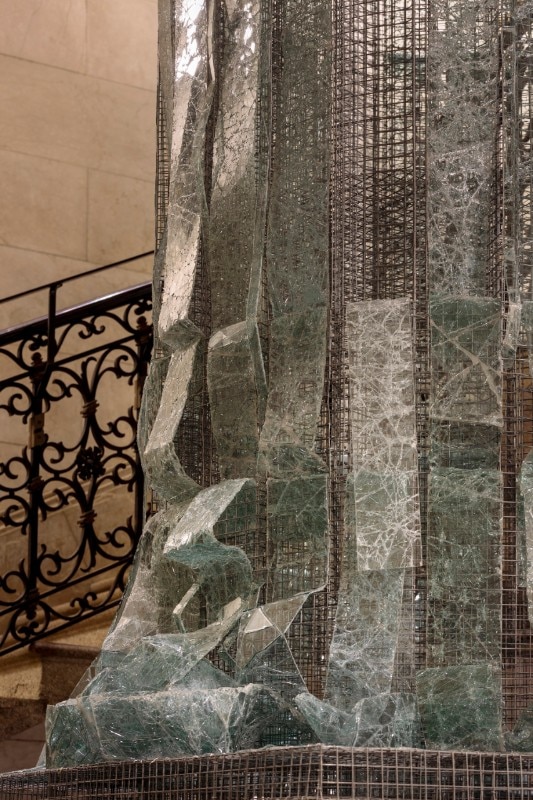
“Monumento”, Edoardo Tresoldi, Procuratie Vecchie, Venice
In collaboration with Carlotta Franco
Photo © Roberto Conte
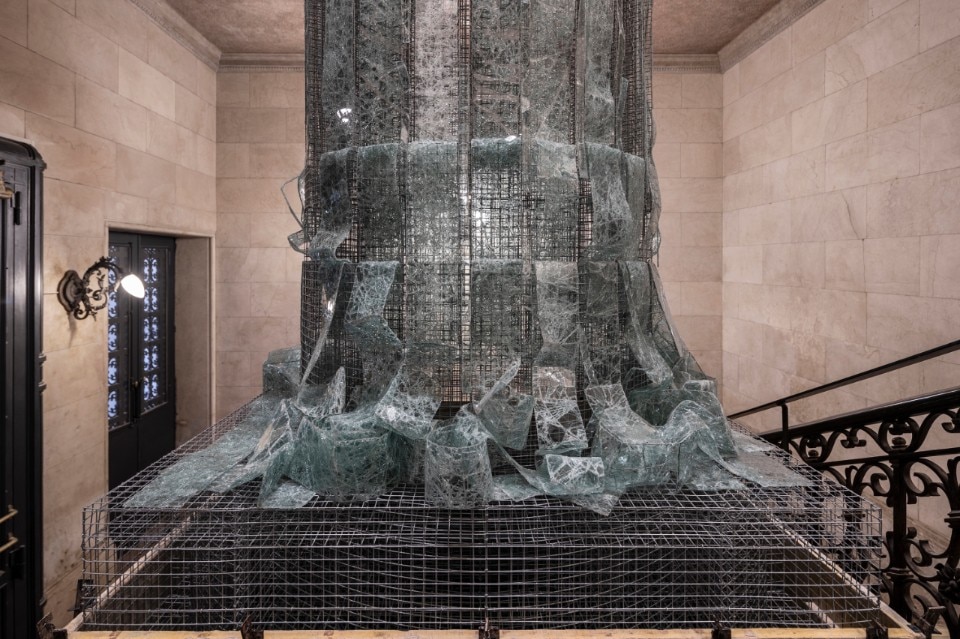
“Monumento”, Edoardo Tresoldi, Procuratie Vecchie, Venice
In collaboration with Carlotta Franco
Photo © Roberto Conte
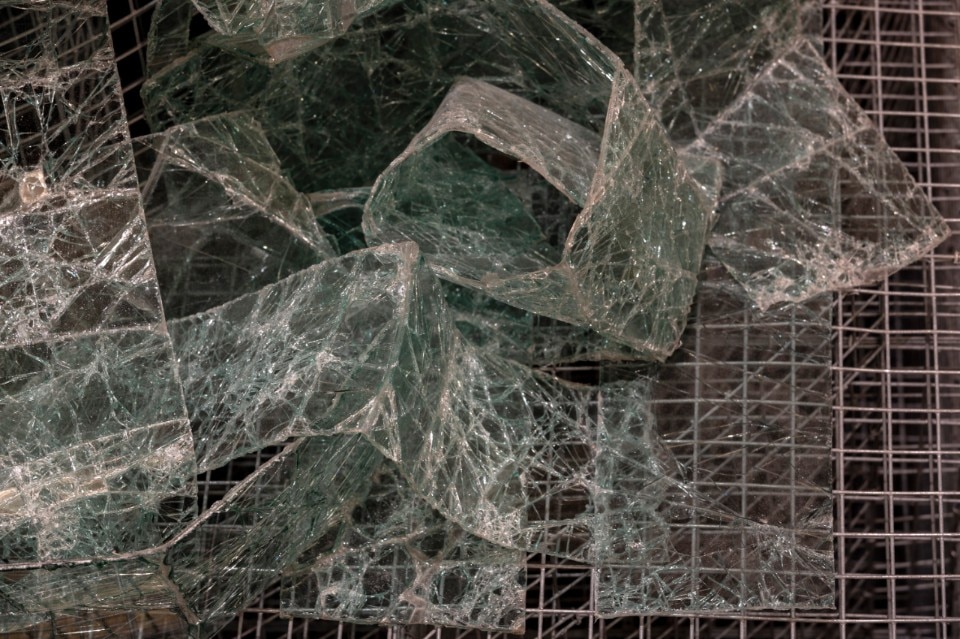
“Monumento”, Edoardo Tresoldi, Procuratie Vecchie, Venice
In collaboration with Carlotta Franco
Photo © Roberto Conte
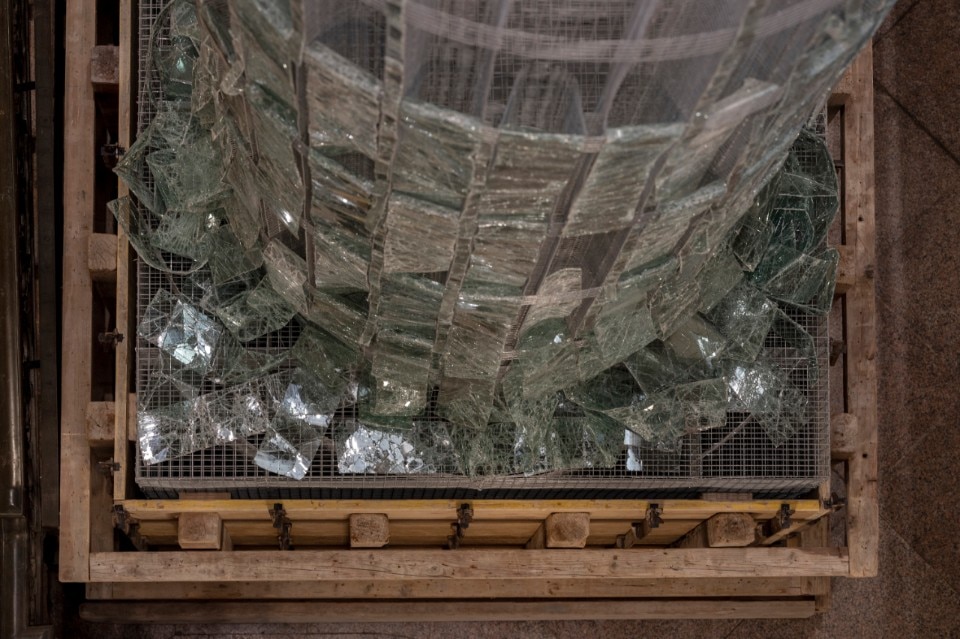
“Monumento”, Edoardo Tresoldi, Procuratie Vecchie, Venice
In collaboration with Carlotta Franco
Photo © Roberto Conte
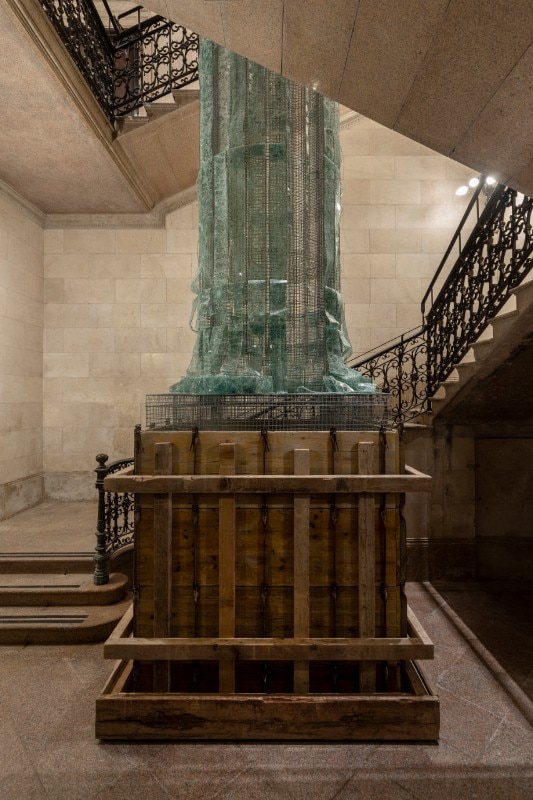
“Monumento”, Edoardo Tresoldi, Procuratie Vecchie, Venice
In collaboration with Carlotta Franco
Photo © Roberto Conte
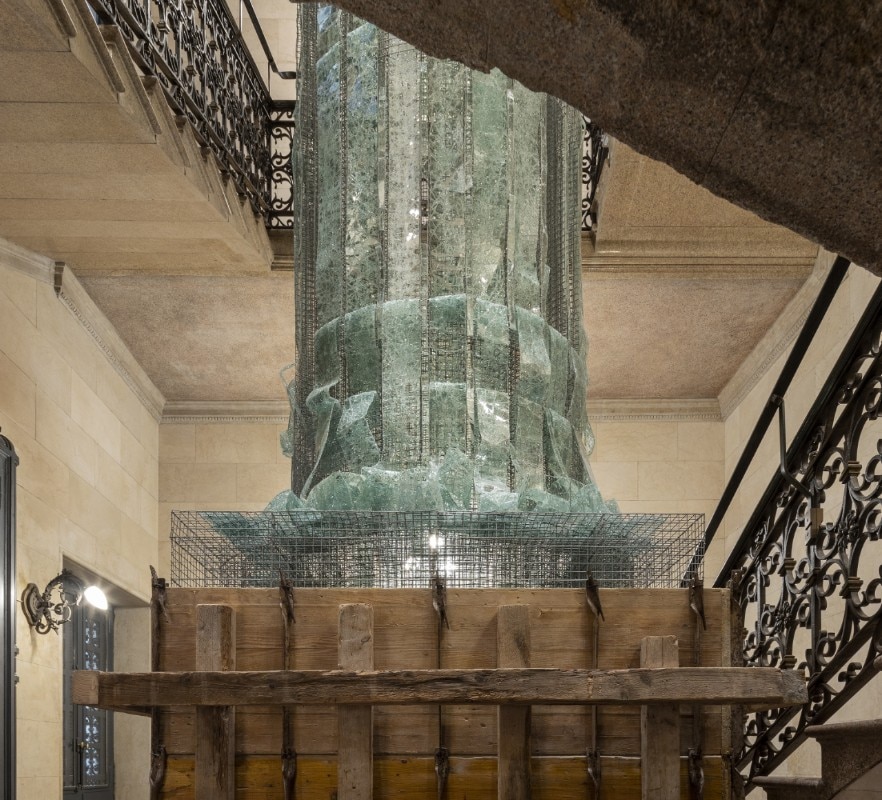
“Monumento”, Edoardo Tresoldi, Procuratie Vecchie, Venice
In collaboration with Carlotta Franco
Photo © Roberto Conte
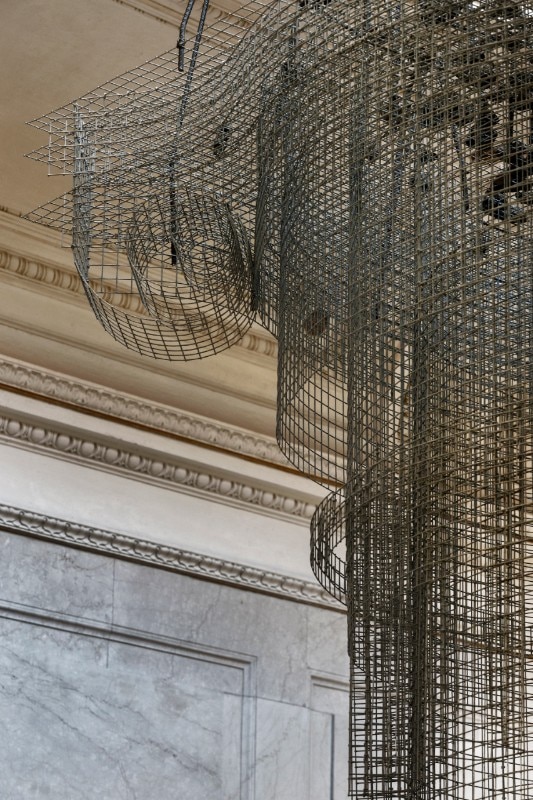
“Monumento”, Edoardo Tresoldi, Procuratie Vecchie, Venice
In collaboration with Carlotta Franco
Photo © Roberto Conte
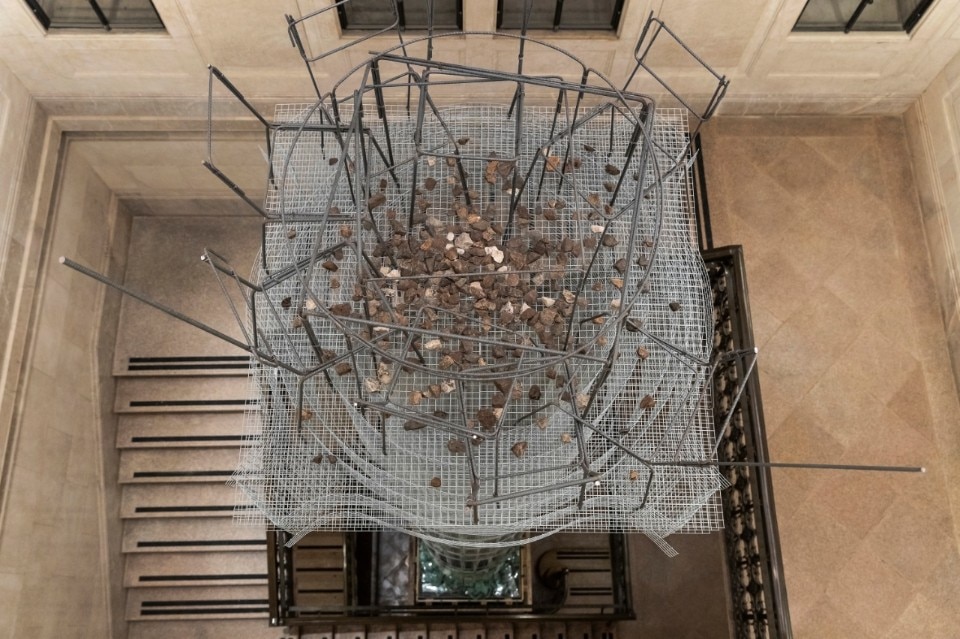
“Monumento”, Edoardo Tresoldi, Procuratie Vecchie, Venice
In collaboration with Carlotta Franco
Photo © Roberto Conte
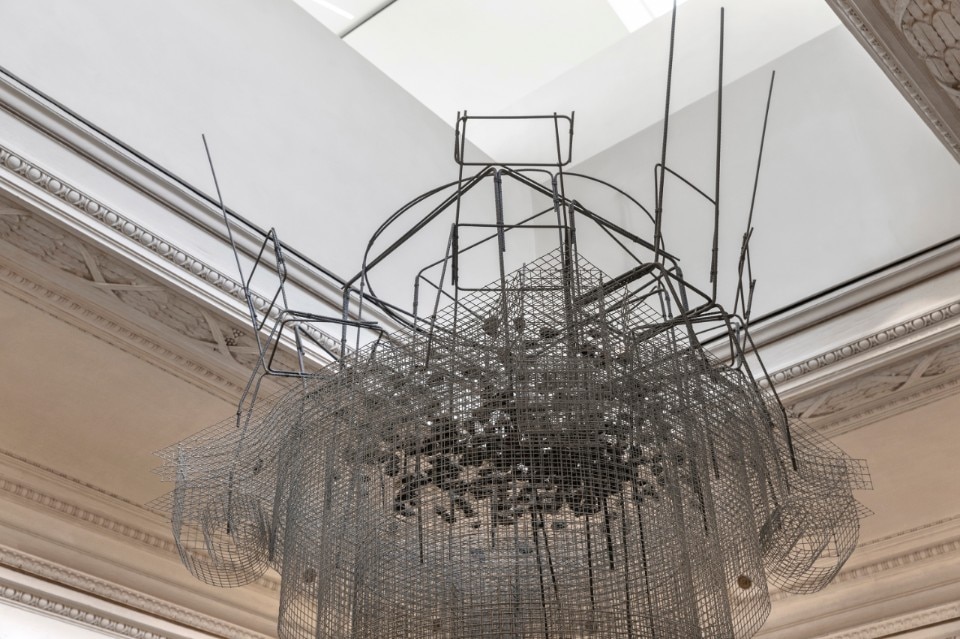
“Monumento”, Edoardo Tresoldi, Procuratie Vecchie, Venice
In collaboration with Carlotta Franco
Photo © Roberto Conte

“Monumento”, Edoardo Tresoldi, Procuratie Vecchie, Venice
In collaboration with Carlotta Franco
Photo © Roberto Conte

“Monumento”, Edoardo Tresoldi, Procuratie Vecchie, Venice
In collaboration with Carlotta Franco
Photo © Roberto Conte

“Monumento”, Edoardo Tresoldi, Procuratie Vecchie, Venice
In collaboration with Carlotta Franco
Photo © Roberto Conte

“Monumento”, Edoardo Tresoldi, Procuratie Vecchie, Venice
In collaboration with Carlotta Franco
Photo © Roberto Conte

“Monumento”, Edoardo Tresoldi, Procuratie Vecchie, Venice
In collaboration with Carlotta Franco
Photo © Roberto Conte

“Monumento”, Edoardo Tresoldi, Procuratie Vecchie, Venice
In collaboration with Carlotta Franco
Photo © Roberto Conte

“Monumento”, Edoardo Tresoldi, Procuratie Vecchie, Venice
In collaboration with Carlotta Franco
Photo © Roberto Conte

“Monumento”, Edoardo Tresoldi, Procuratie Vecchie, Venice
In collaboration with Carlotta Franco
Photo © Roberto Conte

“Monumento”, Edoardo Tresoldi, Procuratie Vecchie, Venice
In collaboration with Carlotta Franco
Photo © Roberto Conte

“Monumento”, Edoardo Tresoldi, Procuratie Vecchie, Venice
In collaboration with Carlotta Franco
Photo © Roberto Conte

“Monumento”, Edoardo Tresoldi, Procuratie Vecchie, Venice
In collaboration with Carlotta Franco
Photo © Roberto Conte

“Monumento”, Edoardo Tresoldi, Procuratie Vecchie, Venice
In collaboration with Carlotta Franco
Photo © Roberto Conte

“Monumento”, Edoardo Tresoldi, Procuratie Vecchie, Venice
In collaboration with Carlotta Franco
Photo © Roberto Conte

“Monumento”, Edoardo Tresoldi, Procuratie Vecchie, Venice
In collaboration with Carlotta Franco
Photo © Roberto Conte

“Monumento”, Edoardo Tresoldi, Procuratie Vecchie, Venice
In collaboration with Carlotta Franco
Photo © Roberto Conte

“Monumento”, Edoardo Tresoldi, Procuratie Vecchie, Venice
In collaboration with Carlotta Franco
Photo © Roberto Conte
“The ‘new’ Vecchie Procuratie are part of the larger project we are conducting in the Marciana area, which started in 2019.” explains Philippe Donnet, CEO of the Generali Group. “Our connection to the city and this intervention underlines this. Indeed, the first Generali offices outside Trieste were right here until the 1980s when we moved to Mogliano Veneto”. The company, in fact, “first brought greenery to the area with the intervention in the Royal Gardens, while today the Procuratie Vecchie bring a working and social life to Piazza San Marco, introducing a different function from that of tourism.”
After winning the competition in 2017, David Chipperfield Architects Milan, of which the English architect and Giuseppe Zampieri are partners, thus completes an intervention that brings to light the original material of the complex, making use of some of the more traditional Venetian techniques: terrazzo for the arches that open up the partitions, creating a coherent circulation, pastellone for flooring and scialbatura on brick surfaces, but also cocciopesto, marmorino and terracotta. The interior design and exhibition layout are by Migliore + Servetto Architects, while the creative concept of The home Venice is by Rampello & Partners Creative Studio. Shortly after the presentation of the “Venice world capital of sustainability” project, the building presents itself as carbon neutral.
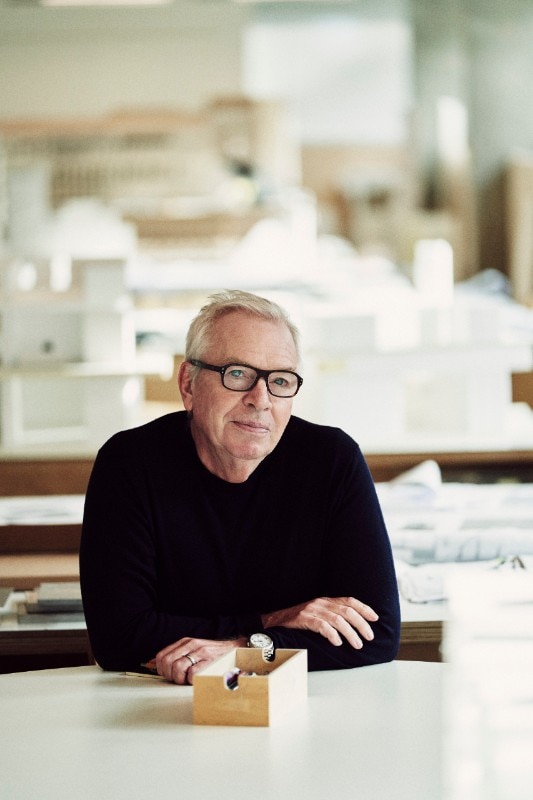
Opening image: Fondazione The Human Safety Net, Migliore+Servetto, Procuratie Vecchie, Piazza San Marco, Venezia. Foto Andrea Martiradonna


